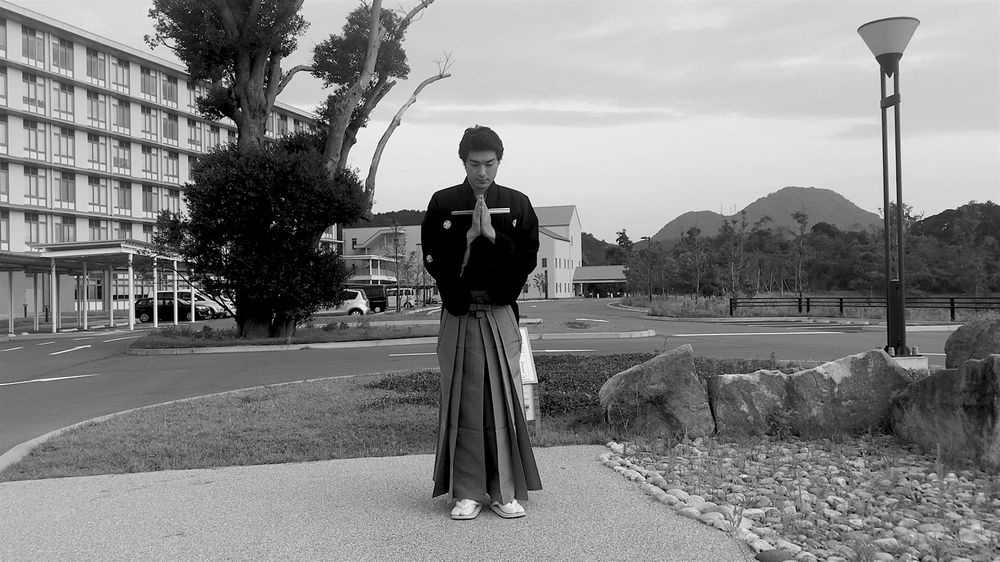
GINEI AS CONTEMPLATIVE PRACTICE
first performed on September 08, 2020
Kyushu University's Ito Campus parking lot
performed once in 2020
DEVORA NEUMARK, TERUHIKO (TERU) HONDA
Iqaluit, Nunavut & Fukuoka, Japan
887302579d887302579e887302579v887302579o887302579r887302579a887302579n887302579e887302579u887302579m887302579a887302579r887302579k887302579@887302579g887302579m887302579a887302579i887302579l887302579.887302579c887302579o887302579m
devoraneumark.com/works/ginei/
GINEI AS CONTEMPLATIVE PRACTICE
DEVORA NEUMARK, TERUHIKO (TERU) HONDA
“Ginei as Contemplative Practice” for lost small souls aims to heal the grief that arises when we face the global environmental crisis through the practice of Ginei (a part of the traditional Japanese performing art Ginkenshibu). In practicing Ginei, we wish for the peace and equanimity of all beings, including Mother Earth and lost lives.
Teru has practiced Ginei for more than 20 years and has a long-standing practice of meditation. Devora has over 30 years of contemplative practice and is an interdisciplinary artist and climate change adaptation practitioner. Together, we created this performance event at the nexus between traditional Japanese art, contemporary performance art, and contemplative practice.
The project is one of a series of environmental justice / eco-anxiety creative works that Devora is currently curating. This particular performance grew out of our devout hope for healing the grief for the myriad of small pillbugs (“roly-polies”) who have been lost because of the infrastructure development at the Kyushu University’s Ito campus: our grief, their grief, and Mother Earth’s grief. As the sun rose, and while standing in the spot where he first noticed the roly-polies, Teru sang a poem that is attributed to Iwanohime no Ōkisaki; the words of which translate as follows: “It’s been a long time since you had gone. Should I visit the mountain to go meet you, or still wait here?” The performance was just under three minutes long and can be viewed in its entirety on the artist’s website.
With the COVID-19 restrictions in place at the time of the event, we devised this performance for a virtual audience. Teru writes:
“Our performance was not live in that it was not seen directly, but I found that there were more ways to experience the event having shared it virtually. This event offered me a new way to consider the creation of virtual networks: it’s like an unfolded expansion of ourselves. What I received as feedback from all over the world undoubtedly reconstructed my experience of grief through connectedness with others. Throughout our performance and since, I connected to my grief in another way: I have not recovered from my grief, but now it is not only mine but also ours.”
Teru’s experience of shifting his individual mourning to a powerful collective grieving online is echoed by many who witnessed this virtual performance.